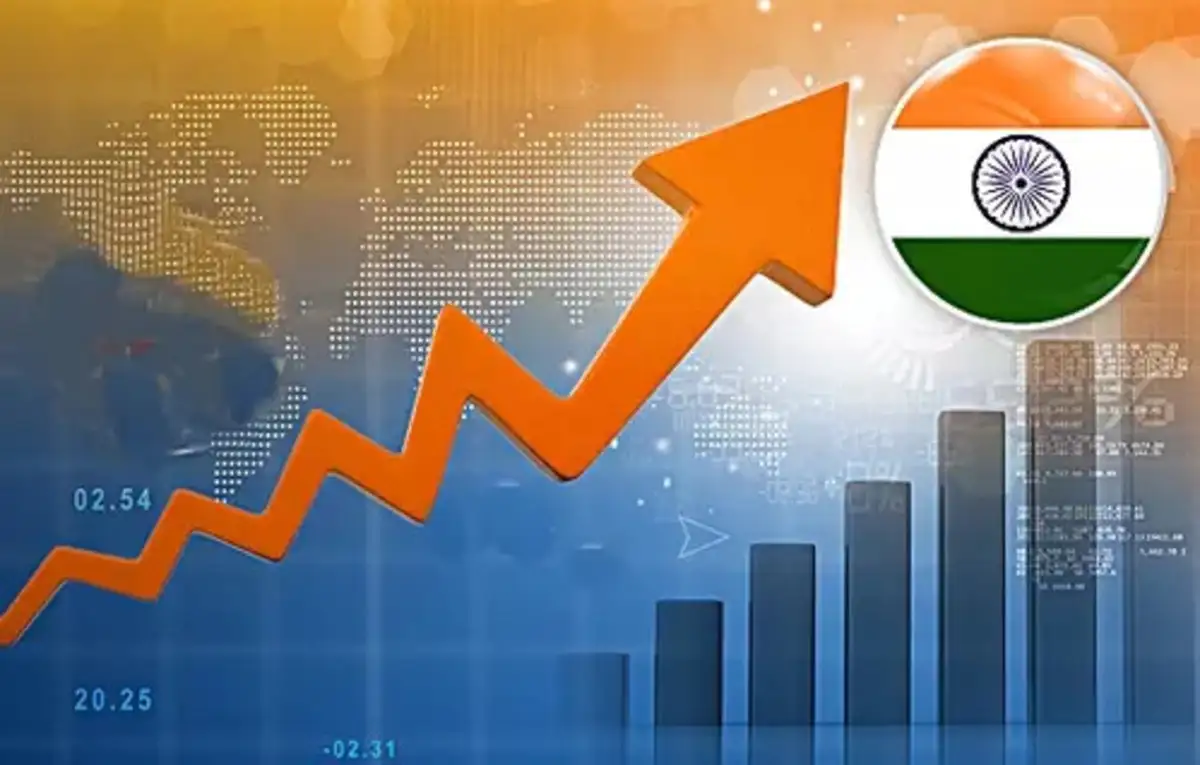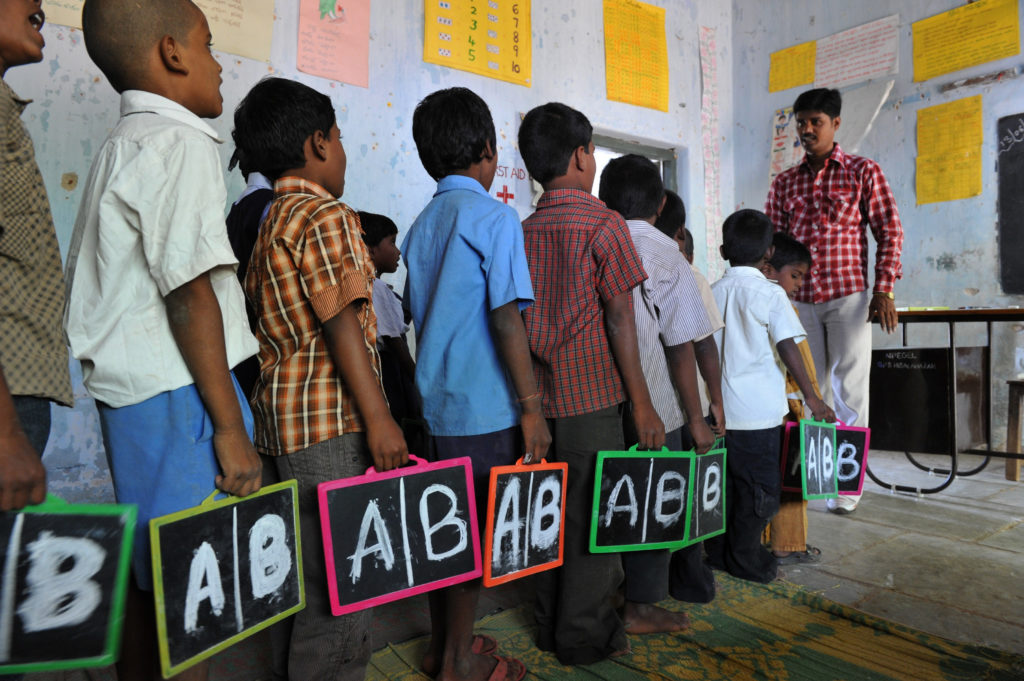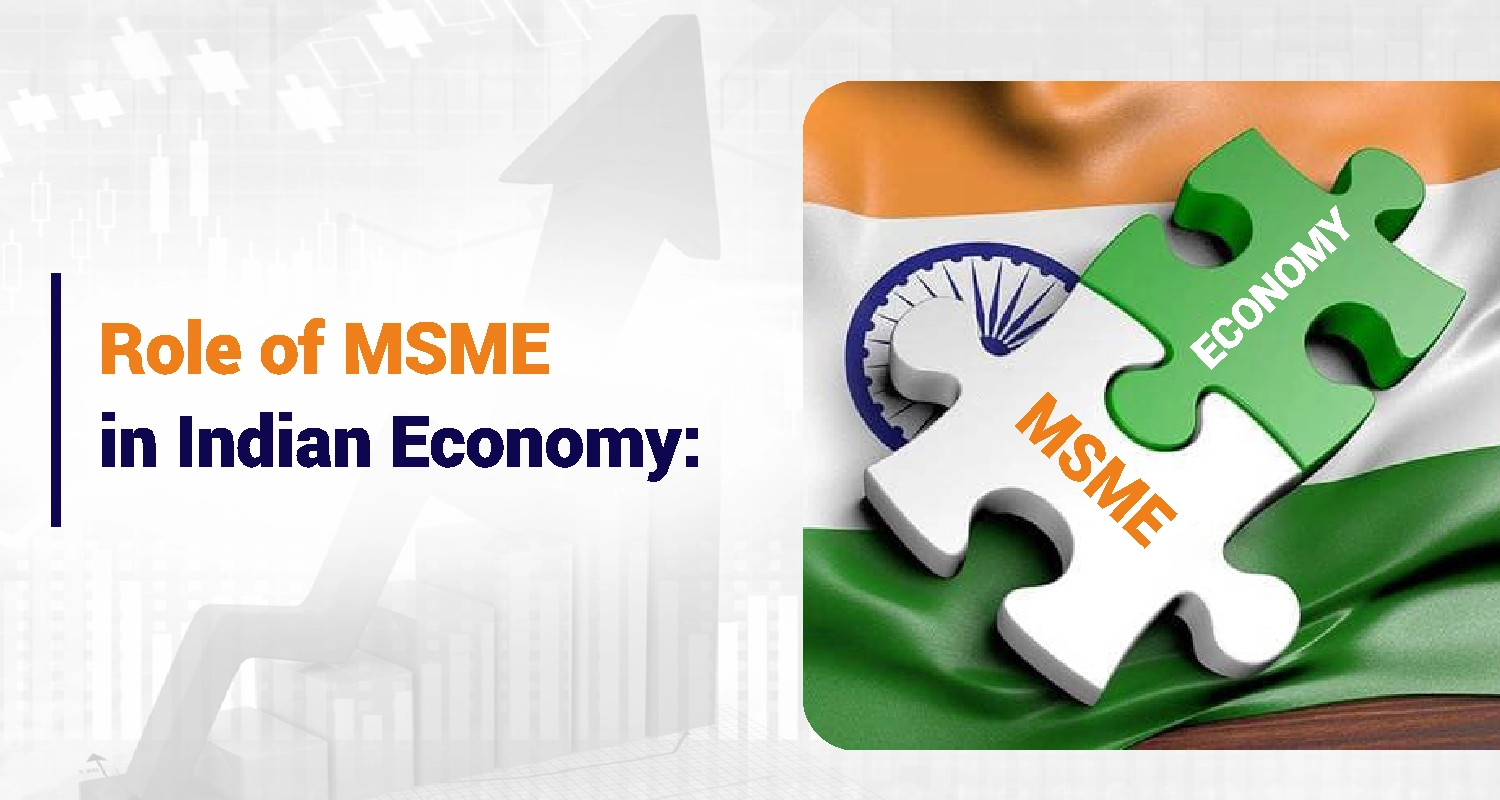- Courses
- GS Full Course 1 Year
- GS Full Course 2 Year
- GS Full Course 3 Year
- GS Full Course Till Selection
- Answer Alpha: Mains 2025 Mentorship
- MEP (Mains Enrichment Programme) Data, Facts
- Essay Target – 150+ Marks
- Online Program
- GS Recorded Course
- Polity
- Geography
- Economy
- Ancient, Medieval and Art & Culture AMAC
- Modern India, Post Independence & World History
- Environment
- Governance
- Science & Technology
- International Relations and Internal Security
- Disaster Management
- Ethics
- NCERT Current Affairs
- Indian Society and Social Issue
- NCERT- Science and Technology
- NCERT - Geography
- NCERT - Ancient History
- NCERT- World History
- NCERT Modern History
- CSAT
- 5 LAYERED ARJUNA Mentorship
- Public Administration Optional
- ABOUT US
- OUR TOPPERS
- TEST SERIES
- FREE STUDY MATERIAL
- VIDEOS
- CONTACT US
India on Track to Be Fourth-Largest Economy
India on Track to Be Fourth-Largest Economy

What Happened?
- According to the April edition of the IMF’s World Economic Outlook Report, India’s nominal GDP is expected to reach about $4.19 trillion in FY26.
What are the Key Highlights?
- India’s economy has grown a lot in the past 10 years.
- It was the 10th largest economy in the world in 2014.
- India will become the 4th largest economy by 2025.
- The size of the Indian economy (called GDP) was around $2 trillion in 2014.
- It became $3.9 trillion in 2024 and is expected to cross $4.18 trillion by 2026.
What is GDP?
- Gross Domestic Product (GDP) measures the total value created from goods and services produced in a country or region each year. When the GDP increases, it means the economy is growing.
- GDP per capita is calculated by dividing the total GDP by the population.
- Nominal GDP (Gross Domestic Product) is the total market value of all final goods and services produced in a country during a specific period without adjusting for inflation.
- This indicator shows changes in economic growth and income levels since 1990.
- The data is adjusted for inflation and differences in the cost of living between countries.
|
Term |
Definition |
What it Measures |
Inflation Adjustment |
Why it is Useful |
|
GDP |
Gross Domestic Product is the total value of all goods and services produced in a country during a specific period. |
It measures the overall economic output of a country. |
It can be calculated with or without adjusting for inflation. |
It helps understand the overall size and performance of a country's economy. |
|
Nominal GDP |
Nominal GDP is the value of all goods and services produced at current market prices in a given year. |
It measures the economic output using current prices. |
It is not adjusted for inflation. |
It shows the present size of the economy but can be influenced by changes in price levels. |
|
Per Capita GDP |
Per Capita GDP is the Gross Domestic Product divided by the total population of the country. |
It measures the average economic output or income per person. |
It is often adjusted for inflation and cost of living. |
It helps compare living standards and income levels across countries or over time. |
What is India's Growth Story?
- India's growth story is a journey of strong economic transformation, driven by reforms, strategic investments, and a youthful, aspirational population. A balance-of-payments crisis led to major economic reforms during the tenure of Prime Minister P.V. Narasimha Rao and Finance Minister Dr. Manmohan Singh.
- These reforms marked the beginning of liberalization, which ended the License Raj, lowered import tariffs, and welcomed foreign investment into the country. As a result, the services sector, especially IT and software, became a key driver of economic growth.
- Large and Fast-Growing Economy: India is the fifth largest economy in the world at $3.9 trillion and third largest by purchasing power parity (PPP).
- It has also become the world’s fastest-growing democracy, with strong domestic consumption.
- Shift in Economic Structure: India has transitioned from an agriculture-based economy to a services-led economy (53%). Manufacturing and industry contribute around 28%, and agriculture now accounts for 18%.
- Focus on Manufacturing: Recognizing that services alone cannot drive growth for its large population, India has pushed for manufacturing through programs like Make in India (2014) and Atma Nirbhar Bharat (2020).
- PLI Schemes: The government introduced Production Linked Incentive (PLI) schemes in 14 sectors with investments over ₹1.97 lakh crore to boost manufacturing and global competitiveness.
- Emerging as Global Leader in Key Sectors:
- Second-largest mobile manufacturer after China.
- Known as the “Pharmacy of the World” with 20% of global generic drug supply.
- Third-largest automotive market, expected to double in size.
- Strong potential in electronics, fintech, renewable energy, and AI.
- Industrial Revolution 4.0: India is leveraging AI, IoT, robotics, and automation to enter the era of smart manufacturing. Collaboration with companies like NVIDIA and initiatives in chip manufacturing show promise.
- Collaborative Approach: Strong public-private cooperation, especially in AI and digital sectors, is transforming India’s technological future.
- Large and Fast-Growing Economy: India is the fifth largest economy in the world at $3.9 trillion and third largest by purchasing power parity (PPP).
What is Purchasing Power Parity (PPP)?
|
What are the Challenges?
- Low Per Capita Income:
- This means that the average income of each Indian is still low.
- India’s per capita income is around $2,880. But Japan’s is about $33,900 in 2025.
- India has a Large Population:
- India now has the highest population in the world (1.4 billion people). So even if GDP increases, it gets divided among more people.
- Poor People Still Struggle:
- Many people still don’t have enough income. There are problems like poverty, joblessness, and high income gaps between rich and poor.
- Women in Jobs:
- Only 26% of women are working. The world average is 47%. This also reduces income for families.
- Most Workers are in Informal Jobs:
- Around 90% of workers don’t have fixed salaries or job security. These people are often poor and do not get benefits like health care or pensions.
Way Forward:
- Create More Jobs: The government should focus on job creation, especially for young people and women.
- Improve Skills: People should get training and skills to get better jobs.
- Support Small Businesses: Most jobs in India come from small and medium businesses (MSMEs). The government should help them to grow.
- Spread Growth Across India: Development should not be limited to big cities. Villages and small towns also need investment.
- Better Education and Health: The government must spend more on schools and hospitals. A healthy and educated population grows faster.
- Support Farmers and Rural Economy: Good rainfall, low inflation, and proper government support can improve rural incomes.
- Fair Income Distribution: Steps must be taken to reduce the gap between rich and poor.
|
Ensure IAS Mains Question: Q. “Nominal GDP alone cannot fully reflect the economic welfare of a country.” Explain this statement with reference to the concepts of Nominal GDP, Real GDP, and Purchasing Power Parity (PPP). Discuss their relevance in comparing economies. (Answer in 250 words) |
|
Ensure IAS MCQ:
How many of the above statements is/are correct? Ans: B Exp:
Thus, option B is correct. |
|
Also Read |
|
| FREE NIOS Books | |




